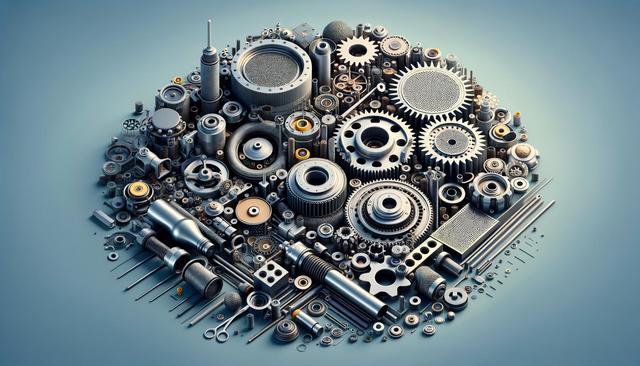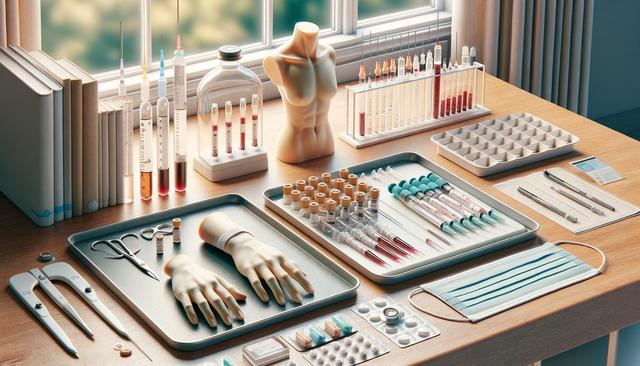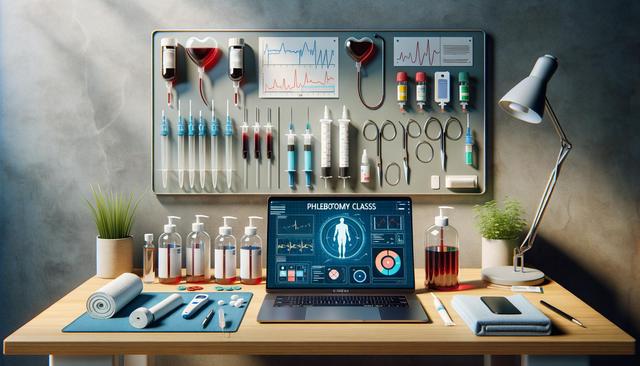Versatility in Industrial Applications
Industrial perforated metal is a highly adaptable material used across various sectors due to its unique properties. It is manufactured by punching holes into sheets of metal, creating a pattern that allows for airflow, light passage, or liquid drainage. The versatility of perforated metal makes it a preferred choice in environments where functionality must meet durability. In industrial settings, this material is commonly used in machinery guards, noise control systems, and filtration panels.
Its ability to support structural integrity while offering essential airflow and filtration makes it particularly effective in:
- Air and fluid filtration systems
- Protective covers for equipment
- Soundproofing panels in noisy environments
- Ventilation grilles and HVAC systems
Because perforated metal can be made from a range of metals including steel, aluminum, and stainless alloys, it can be adapted for projects with specific environmental or structural requirements. This flexibility allows engineers and designers to implement it in both heavy-duty and lightweight applications.
Efficient Ventilation and Airflow
One of the most valued benefits of industrial perforated metal is its role in enhancing airflow. In manufacturing plants, warehouses, and large-scale facilities, maintaining proper ventilation is essential for both machinery performance and worker safety. Perforated metal facilitates this by allowing air to pass through while still providing protection from debris or direct contact with equipment.
Ventilation achieved using perforated metal can help:
- Control temperature in enclosed systems
- Reduce energy consumption in HVAC systems
- Prevent overheating of machinery
Moreover, the open-area ratio of the perforation pattern can be customized to meet specific airflow requirements. This makes it ideal for industries dealing with heat-sensitive processes, such as food production or electronics manufacturing. The ability to fine-tune these characteristics ensures that performance and safety standards are consistently met.
Design Flexibility in Architecture
Beyond its industrial uses, perforated metal has found a strong foothold in architectural design. Its aesthetic appeal, combined with functional benefits, allows it to be seamlessly incorporated into building facades, sunscreens, and interior partitions. The variety of hole shapes and patterns available offers architects the creative freedom to design visually engaging structures without sacrificing performance.
In architectural projects, perforated metal can be used for:
- Sunshades and light diffusers
- Building cladding and facades
- Decorative interior walls
Additionally, its ability to manage light and airflow while maintaining privacy makes it a smart choice for modern buildings. Whether used for exterior design or interior atmosphere enhancement, perforated metal contributes both stylistically and functionally to a range of construction projects.
Durability and Low Maintenance
Durability is a key factor in the selection of materials for any industrial or architectural application, and perforated metal meets this need with ease. It is inherently strong, especially when fabricated from corrosion-resistant materials. This makes it suitable for use in environments exposed to moisture, chemicals, or heavy wear and tear.
Some notable advantages include:
- Resistance to rust and corrosion
- Minimal need for replacements or repairs
- Long service life under harsh conditions
Perforated metal’s low maintenance requirements also contribute to its cost-effectiveness over time. It can be cleaned easily and retains its structural integrity even with regular exposure to elements. This makes it a reliable option for long-term industrial or commercial use where maintenance downtime needs to be minimized.
Eco-Friendly and Sustainable Choice
In today’s environmentally conscious world, sustainability plays a major role in material selection. Industrial perforated metal supports green building initiatives due to its recyclability and energy-efficient properties. Most perforated metal products are made from recyclable metals, which reduces waste and supports circular production models.
Environmental benefits of using perforated metal include:
- Reduced material usage compared to solid sheets
- Improved energy performance in buildings
- Recyclability and long lifespan
Additionally, the material’s light-filtering properties can reduce the need for artificial lighting, while its ability to facilitate natural ventilation can lower energy demands for cooling. These qualities make it a valuable component of sustainable design strategies, particularly in industrial buildings and eco-conscious architectural projects.
Conclusion
Industrial perforated metal offers a wide range of benefits that make it a practical and efficient choice for both industrial and architectural projects. From enhancing airflow and ensuring durability to supporting creative design and sustainability, its applications are as diverse as its advantages. Engineers, designers, and project managers can rely on this material to meet their performance requirements while also contributing to long-term cost savings and environmental goals.




Leave a Reply